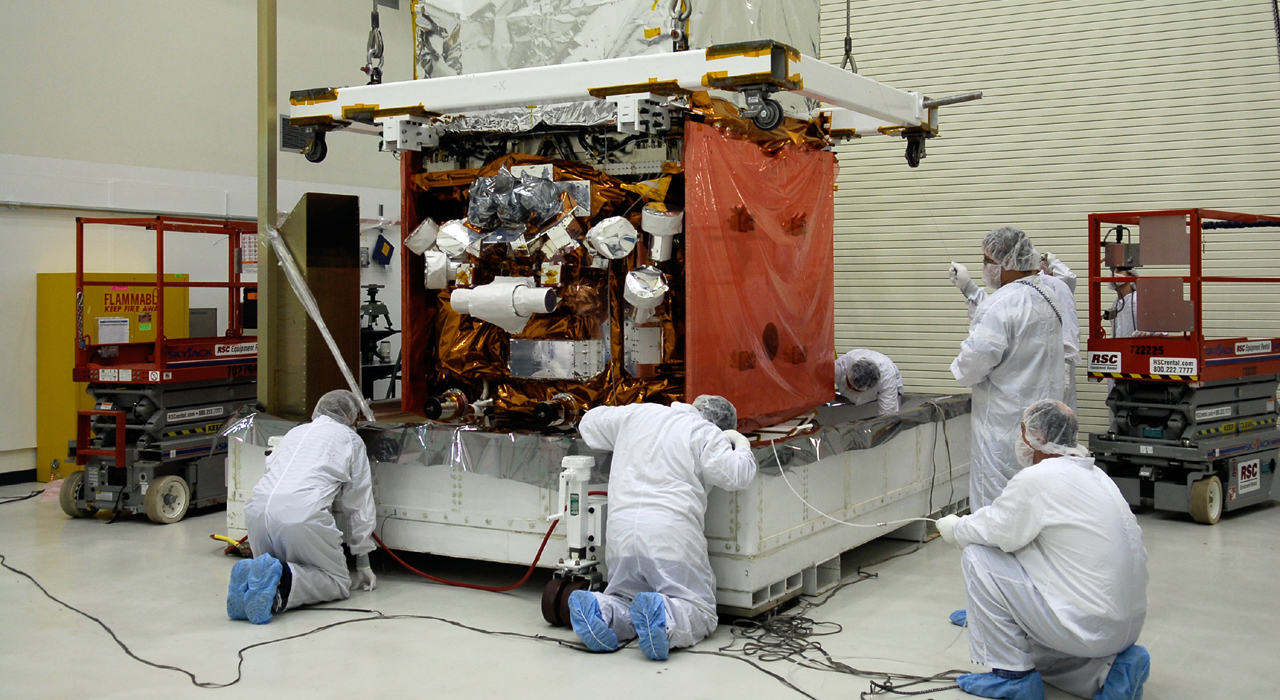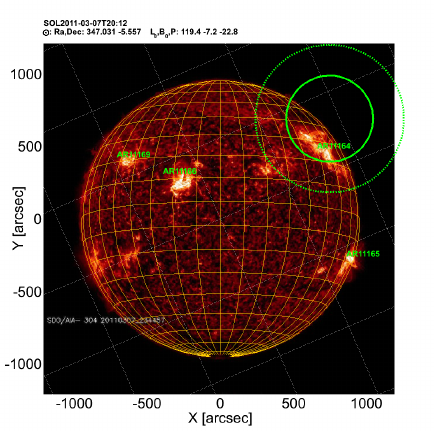
'The Fermi Gamma-ray Space Telescope, formerly GLAST, under construction
“It has been known for millennia that the Earth rests upon the back of a giant turtle. Only in recent centuries has this knowledge been added to. In 1794, in one of the high valleys of the Himalayas, one of the wise was asked, "Master, what does the turtle rest upon?" The Master answered: "It is turtles all the way down, my son." But now that scientists have finally succeeded in mapping the universe, a turtle controversy has arisen. It turns out that level 7,484,912 is occupied not by a turtle, but by a man dressed as a turtle. It is not known how this will affect our other equations”
You probably aren't used to having a book on science and math open with a joke. But a sense of humor is crucial to existing in a world where even our greatest accomplishments contain large elements of the absurd. Some contemporary thinkers are of the opinion that we are very near to a complete understanding of the universe. I am far from agreeing with them. We have made some wonderful discoveries and are due a small dose of pride, I suppose. But the things we don't know so overwhelm the things we do that any talk of a full understanding is just bombast. Worse, it is hubris. It may even be a scientific sacrilege, with real curses attached to it.
When we become too secure in our knowledge, we stop questioning. Failure to question is the ultimate scientific failure. Answers quit coming precisely when they aren't sought, and they aren't sought precisely when they are (erroneously) thought to be in hand. We are like the dog who discovers how to use the little flap-door and now considers himself master of the house. He lies in front of the fire and congratulates himself for his cleverness. He would be better outside chasing rabbits.
The Solar Emission of Gamma Rays
First published August 22, 2021
In May of 2019 it was reported widely that the Sun was mysteriously emitting gamma rays at a rate about seven times previously thought or predicted. Also a mystery was a gap in the emission spectrum at about a trillion times the frequency of red light. Here is what one of the researchers said at the time:
"It’s amazing that we were so spectacularly wrong about something we should understand really well: the Sun,” said Brian Fields, a particle astrophysicist at the University of Illinois, Urbana-Champaign.
In the linked paper, we are told the gap is at about 40 GeV. Interestingly, there are large particles predicted at that mass, called tt vector mesons. Since the proton has a rest energy of 938 MeV, that is an energy of about 42.6 protons. You may already see where I am going with this: since the proton will not be at rest in any comparison here, we have to compare the gamma ray to an equivalent proton.
What do I mean? I mean that if the Sun is turning selected gamma rays into protons by slowing them down and converting energy to mass, it would not do that by stopping them cold. It would do it by spin downs of the sort I have shown you over and over, as in magnetic reconnection. Edge hits between photons in a very compressed charge field would transfer energy on the tangent (photon edge) from linear to spin energy. The photon would slow down below c, and the energy that was previously in c would go to a series of stacked spins.
Those stacked spins are what we call mass, since they have both radius and energy equivalence. The gamma ray would become the proton. And by that mechanism the Sun would mop up most gamma rays at that energy, creating a gap.
Read the full paper: http://milesmathis.com/gamma.pdf

Gamma ray emmission on the Sun. FermiLAB 2011.
